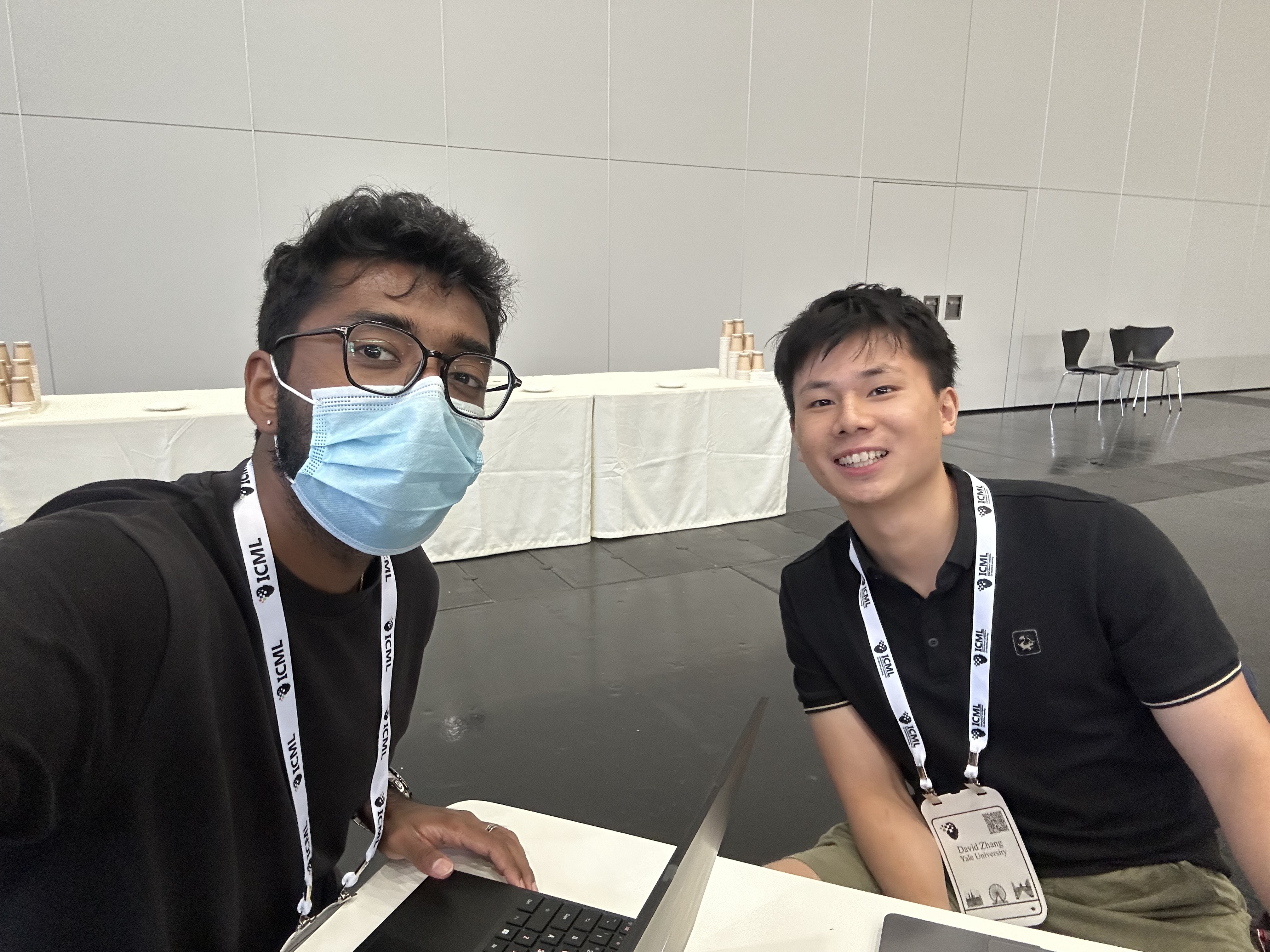Hi DeepChem Community!
My name is Dhuvi and I am really excited to be contributing to DeepChem as part of the google summer of code program with Aaron Menezes. The project I will be working on is wiring together a protein language model with the deep-chem ecosystem and training it to produce antigen-specific antibody sequences. Currently an open source model of this nature does not exist. If you would like to learn more about the project check out the official GSOC project page: https://summerofcode.withgoogle.com/programs/2024/projects/drmMTzsC
This forum post and subsequent thread updates will serve as part of DeepChem’s effort to build in public and keep the community apprised with updates in the form of successes, failures, blockers, and everything in between as much as possible. It is my hope that in doing so the community can:
- Hold me accountable to the high bar that the community has held in DC
- Provide feedback in real time with what is most interesting, useful, or confusing
- Take the things I learned from negative results and prune them from their own processes
- Stress test the model and report back with gross failure modes
I’m excited for the journey ahead, stay tuned for updates 

